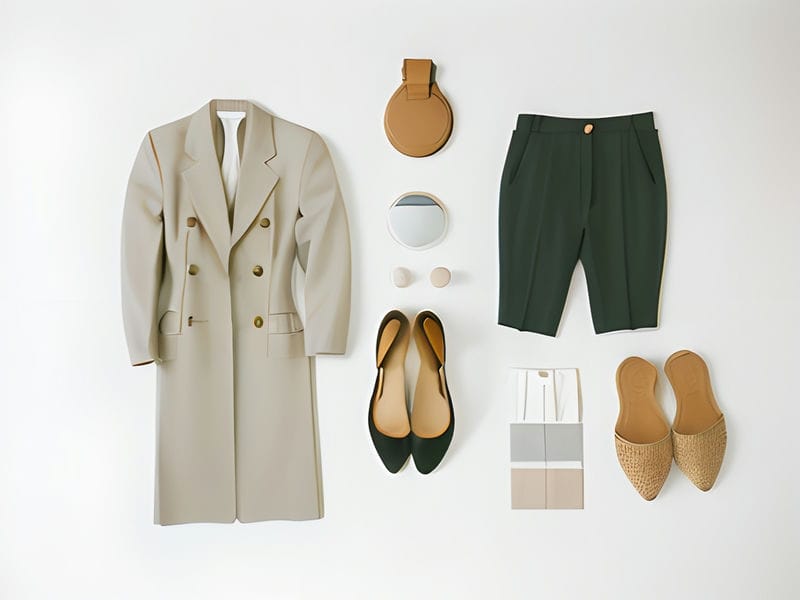
The Impact of Smart Textiles on Sustainability
Overview of how technology is being used in the fashion industry to reduce waste and pollution.
Smart textiles are revolutionizing the fashion and textile industry by offering innovative solutions to reduce environmental impact.
The Impact of Smart Textiles on Sustainability - Viscose Nylon
- Pants
- Introducing Ru
- Viscose Nylon
One of the key benefits of using smart textiles is their ability to improve energy efficiency. For example, some smart textiles can regulate body temperature, reducing the need for heating or cooling systems in buildings. This not only saves energy but also reduces carbon emissions associated with heating and cooling.
Smart textiles can also help reduce water consumption in the textile industry. Local production reduces carbon footprint Case Studies of Tech-Driven Sustainable Fashion B Corp Certification. Econyl is made from recycled ocean plastics Upcycled and Recycled Fashion PETA-Approved Vegan. By incorporating sensors that can detect moisture levels in fabrics, manufacturers can optimize dyeing processes and reduce water usage. Additionally, some smart textiles have antimicrobial properties that eliminate the need for frequent washing, further conserving water.
Furthermore, smart textiles can enhance recycling efforts in the fashion industry. By embedding tracking devices in garments, it becomes easier to identify materials used in production and separate them for recycling at the end of a garment's life cycle.
Overall, smart textiles offer numerous benefits for sustainability by improving energy efficiency, reducing water consumption, and enhancing recycling efforts in the fashion industry. As we continue to innovate and develop new technologies in this field, we can look forward to a more sustainable future for our planet.











